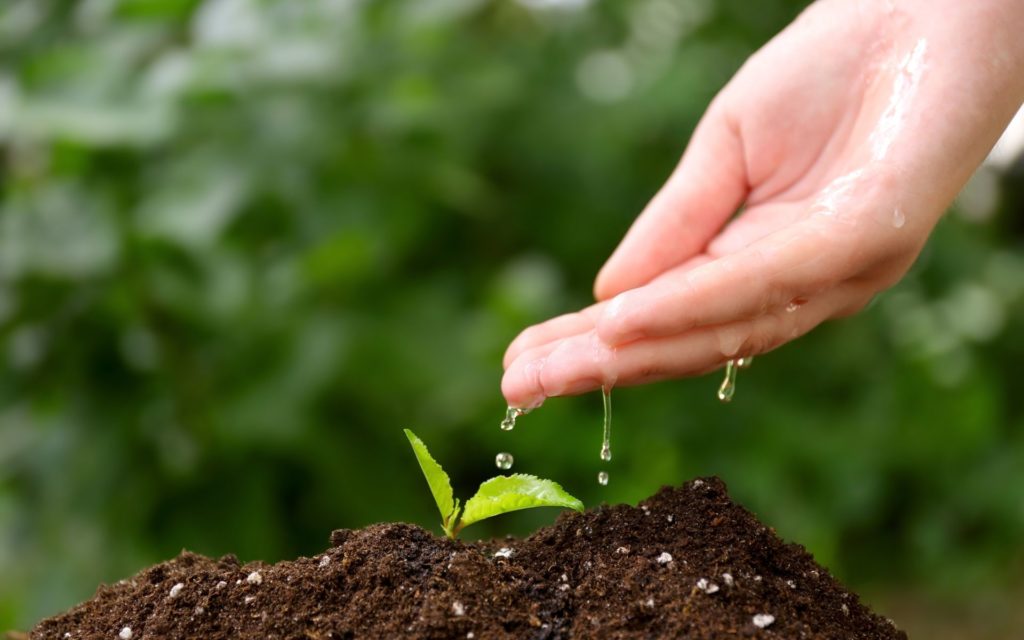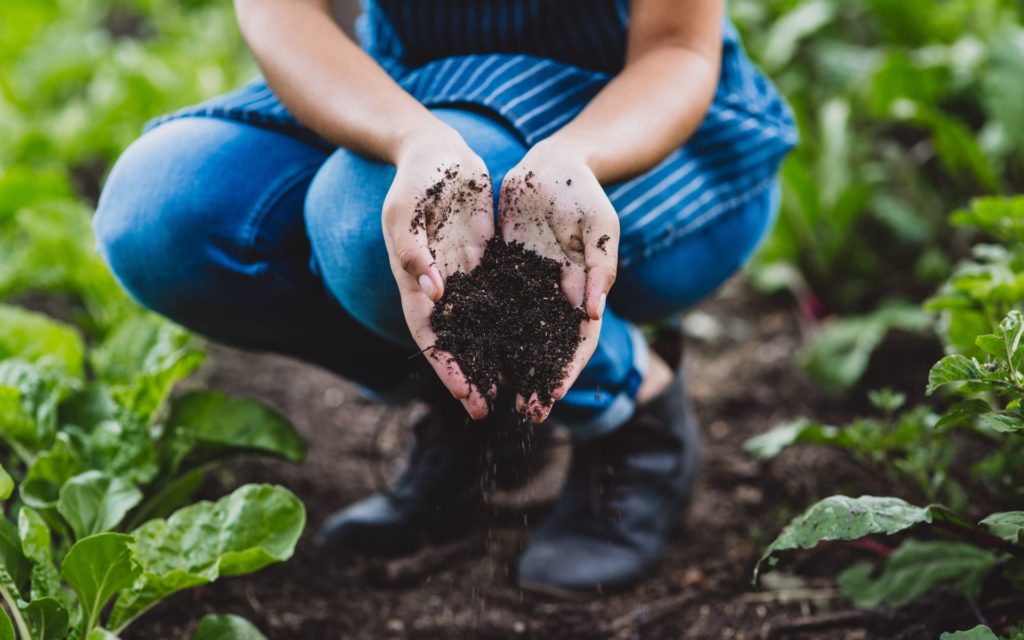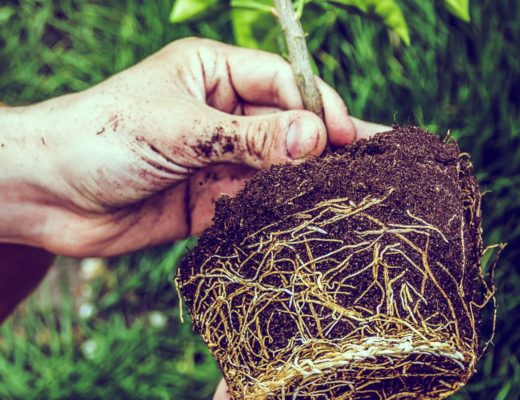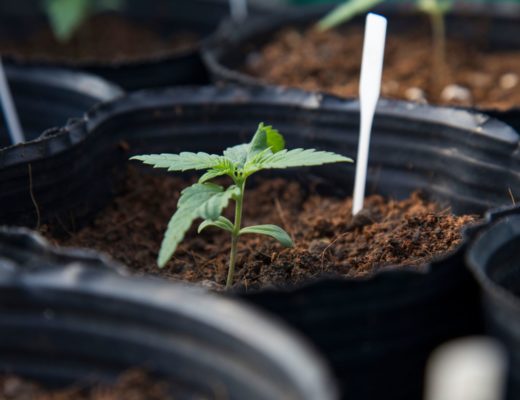I’ve been helping people grow cannabis for over 20 years, and one of the most common questions I get is “How do I keep my cannabis roots healthy and strong?”
It’s a great question since healthy roots are the key to a vigorous, productive plant. And waiting until your plants are showing signs of stress to try and improve root health is usually too late.
In this blog post, I’m going to share some of my top tips for keeping your cannabis roots healthy and strong. I’ll cover topics like watering, temperature, oxygen levels, soil type, and feeding your plants the right nutrients. I’ll also talk about the importance of pruning your plants regularly.
By following the tips in this article, you’ll be on your way to healthy and vigorous cannabis plants that will produce an abundance of buds. So let’s get started!
The Importance of Healthy Cannabis Roots
Before we get into the tips for keeping your roots healthy, let’s talk a little bit about why it’s so important to have healthy roots in the first place.
Cannabis roots play a vital role in the overall health of the plant. They anchor the plant in the ground, absorb water and nutrients from the soil, and store food reserves that the plant can use for growth and reproduction.
In addition, roots play an important role in regulating the temperature of the plant. They help to keep the plant cool in hot weather and protect it from frost damage in cold weather.
Finally, strong and healthy roots play a role in the defense of the plant against pests and diseases. They produce chemicals that can kill or repel harmful organisms, and they also help to physically block the entry of pests into the plant.
All of these functions are essential for the survival and growth of cannabis plants. So it’s no surprise that healthy roots are critical for growing strong, productive plants.
Tips for Healthy and Strong Cannabis Roots
Now that we’ve talked about the importance of healthy roots, let’s get into the tips for keeping them healthy.

1. Water properly
Proper watering is one of the most important things you can do for healthy cannabis roots. Roots need a steady supply of moisture to maintain the other parts of the plant, such as leaves and flowers. Overwatering, as well as underwatering, can both harm the root system.
Before watering your plants, be sure to check the moisture content of the soil and only water when needed. If you’re growing in pots or containers, you can check by sticking your finger up to the knuckle, if the soil is dry, it’s time to water. However, if the soil is damp or moist, you should wait until it dries out a bit before watering again.
How often you need to water will depend on a number of factors, including the size and type of plant, the temperature and humidity, and the type of soil you’re using. In general, though, most plants need to be watered every one to three days during the vegetative stage and every three to five days during flowering.
Although both overwatering and underwatering can harm your plants, overwatering can be more devastating to the overall health of the plant. So, try to stay on the safe side and avoid it as much as possible.
2. Maintain proper temperature
Temperature is another important factor to consider when trying to keep your cannabis roots healthy. Although hemp plants thrive in temperatures between 70 and 85 degrees Fahrenheit or 20 to 30 degrees Celsius, the roots prefer a temperature of around 75 degrees Fahrenheit or 24 degrees Celsius.
If the roots get too hot, they can start to die off, which will eventually kill the plant. On the other hand, if the roots get too cold, they will become stressed and may stop growing altogether. So, it’s important to maintain a consistent root temperature in order to keep your plants healthy.
There are a few different ways you can do this. If you’re growing in a greenhouse, you can use fans to circulate the air and keep the temperature consistent. If you’re growing outdoors, you can try to find a spot that gets some shade during the hottest part of the day.
Another option is to use a root zone heater. This is a device that attaches to the base of the plant and provides a consistent source of heat to the roots. This can be especially helpful during cold weather or if you’re growing in an area with poor root drainage.
3. Sufficient oxygen
In order for cannabis roots to stay healthy, they need a supply of oxygen. Oxygen is essential for the respiration process, which helps the roots to absorb nutrients and water from the soil. If the roots of your hemp plant don’t have enough oxygen, they will start to suffocate and die.
To ensure the roots get an adequate supply of oxygen, you need to make sure the soil is loose and aerated. You can do this by adding organic matter, such as compost, to the soil. This will help to improve the drainage and aeration of the soil and provide a more hospitable environment for the roots.
You can also use a soil aerator to improve the oxygen levels in the root zone. This is a tool that punches holes in the soil, which allows air to circulate more freely and provides more oxygen for the roots.
4. Use the right kind of soil
The type of soil you use can also have an impact on the health of your cannabis roots. Hemp plants prefer a loose, well-aerated soil that drains well. This type of soil allows the roots to breathe and absorb water and nutrients more easily.
If you’re growing in a pot or container, you can use a commercial potting mix or make your own by mixing equal parts perlite, vermiculite, and coco coir. You can also add some compost or worm castings to the mix for extra nutrients.
When it comes to outdoor plants, you’ll need to make sure the soil is loose and free-draining. If your soil is dense and heavy, you can improve the drainage by adding organic matter, such as compost or manure. You can also agitate the soil with a garden fork or rototiller to break up any large clumps and improve aeration.

5. Feed your plants the proper nutrients
Cannabis plants need a variety of nutrients in order to stay healthy, including nitrogen, phosphorus, and potassium. These nutrients are typically available in commercial fertilizer mixes, but you can also find organic alternatives such as compost or manure.
It’s important to feed your plants the right amount of nutrients, as too much or too little can be detrimental to their health. If you’re using a commercial fertilizer, be sure to follow the instructions on the package. If you’re not sure how much to feed your plants, it’s always better to err on the side of caution and give them a little less than you think they need.
You can also get your soil tested to see what nutrients it contains and how much needs to be added. This is especially important if you’re growing in an outdoor garden, as the soil nutrients can vary depending on the location.
6. Prune your plants regularly
Roots need to absorb enough nutrients to maintain the leaves and flowers of a plant. And the more leaves and flowers a plant has, the more roots it needs to support them. So it’s crucial to find a balance between the two.
One way to do this is to prune your plants regularly. This involves trimming away any dead or dying leaves and flowers, as well as any that are crowding the plant. Pruning helps to encourage new growth and also allows the roots to provide the required nutrients without becoming overloaded.
7. Inspect the roots regularly
Even if you’re taking all the proper precautions, it’s still a good idea to inspect the roots of your plants on a regular basis. This will help you to catch any problems early on and take steps to correct them before they cause serious damage.
The best way to inspect the roots is to carefully remove the plant from its pot or container. Gently shake off any excess soil and then examine the roots for signs of stress, such as discoloration, wilting, or dieback.
If you notice any problems with the roots, be sure to take action immediately. This may involve changing your watering or feeding schedule, adjusting the temperature or humidity, or even repotting the plant in fresh soil.
Conclusion
Taking proper care of your cannabis roots is essential for a healthy plant. Be sure to water, fertilize, and prune your plants regularly, and inspect the roots often for early signs of stress. By following these tips, you can ensure that your cannabis plants have the strong, healthy roots they need to thrive.





No Comments